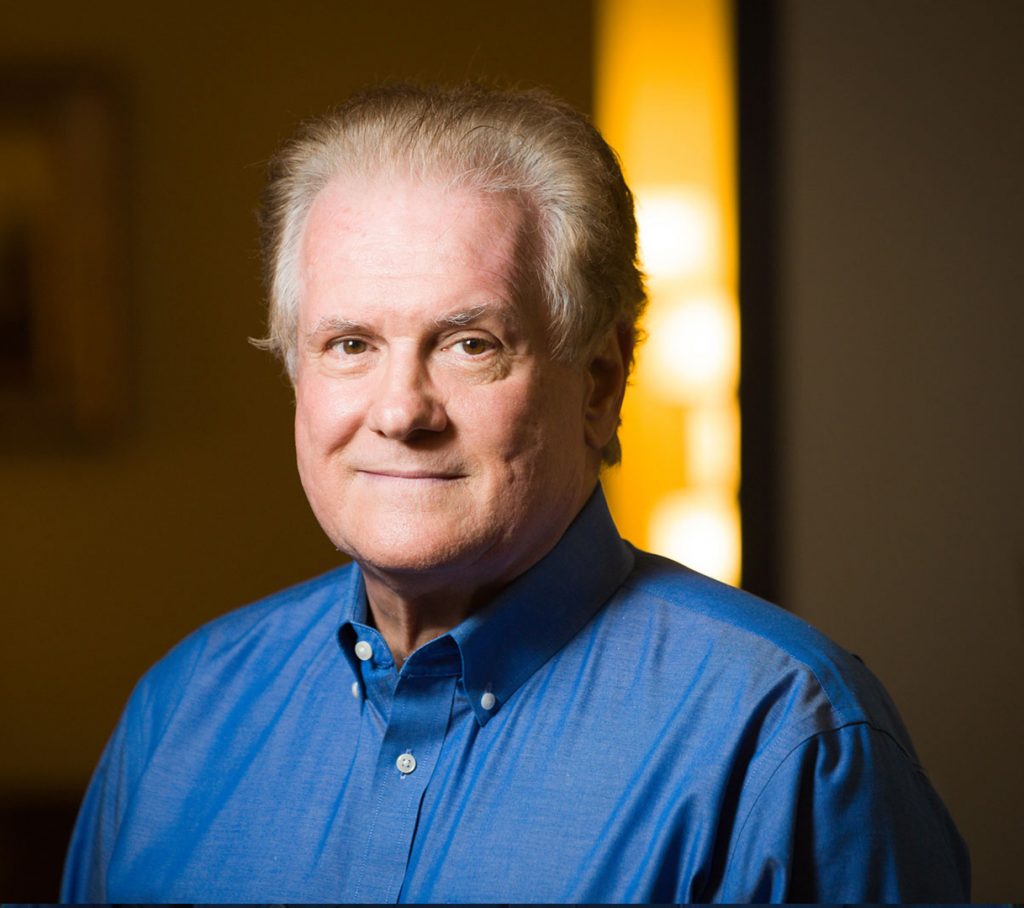With drive by and wave promises, politicians have done little to address the problem of how the mentally ill and the homeless end up recycling through jails and our criminal justice system. The best solution is an immediate structure providing resources.
It has been more than a decade when then current LA sheriff Lee Baca, in charge of the county jails stated he ran the biggest mental health hospital in the country. With drive by and wave promises, politicians have done little to address the problem of how the mentally ill and the homeless end up recycling through jails and our criminal justice system.
Counties and states are struggling daily with not enough resources to address the problem. Many come up with a local response to put a band aid on the problem. But big problems need big solutions. At the political level the National Alliance for the Mentally Ill (NAMI) has proposed a national initiative to help police and sheriffs’ departments effectively respond to mental health crises. The initiative is funded by the U.S. Department of Justice, and is called:
“Serving Safely: The National Initiative to Enhance Policing for Persons with Mental Illnesses and Developmental Disabilities.” That’s a start but its not immediate enough to address the resources needed.
The best solution is an immediate structure providing resources. Judge Steve Leifman, a county court judge with the Criminal Division of Florida’s Eleventh Judicial Circuit has been recognized as the most prominent expert in mental health/criminal justice reform.
It also allows the opportunity to voluntarily stay for up to a year and includes a culinary jobs training program; full primary healthcare and dental care; psychiatric services; a full indoor basketball gym, and a library. Court is established at the facility eliminating the constant transportation problem of inmates. The cost reported for the renovation of this hospital was $42 million and current
operating costs are proposed at $3-4 million. Cost avoidance estimates are between $8-9 million.
These days per government and private sector spending $40 or 50 million seems entirely doable. It is hard to imagine that professionals at all levels of law enforcement and the judicial system would not favor such a facility. Likewise, the public. The argument is both that it is the right thing to do and that it also yields dramatic cost savings.
Orange County can take a leadership role and develop a similar facility as Miami Dade County has as there is now a model to work from. California with its budget surplus can develop multiple facilities to serve the needs of its counties. It’s been too long. If neither Orange County or the state or some similar partnership doesn’t make this happen it will be time for the people to develop a statewide initiative.


